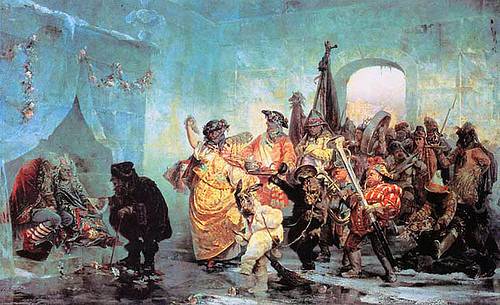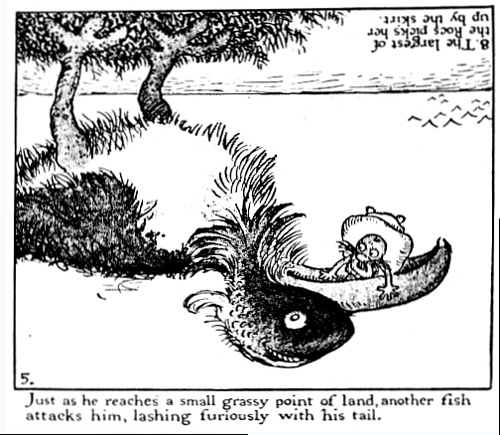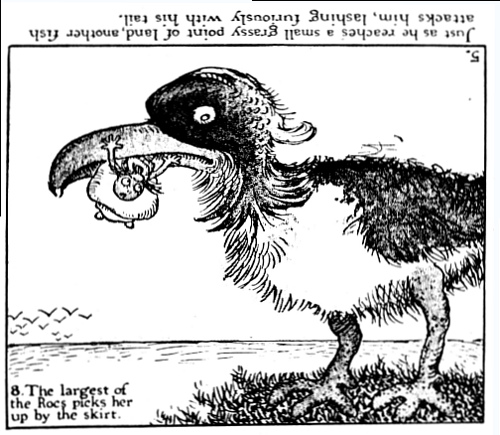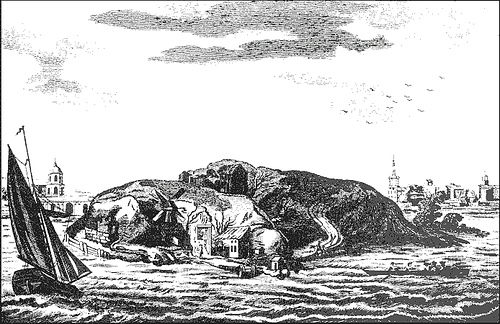
When self-styled “moisture accelerator” Charles Hatfield arrived in San Diego in 1915, he’d already created storms for ranchers in Los Angeles. Or, rather, storms had appeared after he’d released his secret chemical mixture into its evaporating tanks; critics claimed the storms were already coming. But San Diego needed to fill its Morena Dam reservoir, so they agreed on a fee and Hatfield released his chemicals.
On Jan. 16, 1916, heavy rain started and didn’t stop. Dry riverbeds filled, then overran their banks, flooding farms and homes, destroying bridges, cutting telephone cables, and marooning trains. Two dams overflowed and one broke, killing 20.
Hatfield said he’d filled the reservoir as agreed and disclaimed responsibility for the $3.5 million in damage. After a long legal battle, the rain was ruled an act of God and then the courts threw out the case.
Hatfield never did reveal his chemical recipe. He died in 1958.






